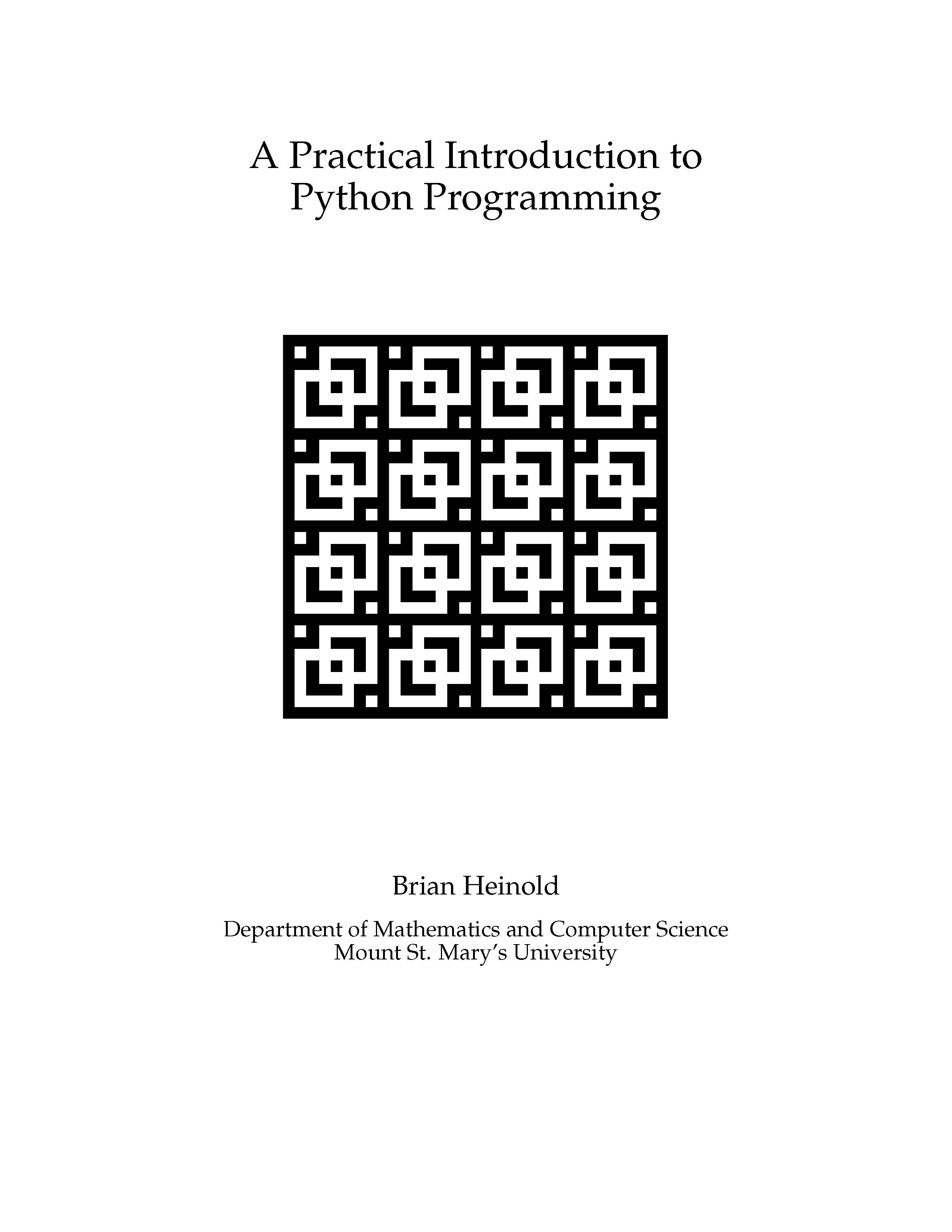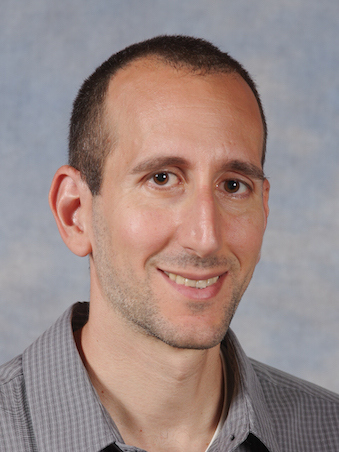
A Practical Introduction to Python Programming
An introductory programming text for students with no prior programming experience.
Publication date: 01 Dec 2012
ISBN-10: n/a
ISBN-13: n/a
Paperback: 263 pages
Views: 30,902
Type: Book
Publisher: n/a
License: Creative Commons Attribution-NonCommercial-ShareAlike 3.0 Unported
Post time: 02 Jul 2021 05:00:00
A Practical Introduction to Python Programming
 An introductory programming text for students with no prior programming experience.
An introductory programming text for students with no prior programming experience.
Tag(s):
Introduction to Computer Programming
Python
Publication date: 01 Dec 2012
ISBN-10: n/a
ISBN-13: n/a
Paperback: 263 pages
Views: 30,902
Document Type: Book
Publisher: n/a
License: Creative Commons Attribution-NonCommercial-ShareAlike 3.0 Unported
Post time: 02 Jul 2021 05:00:00
Publication date: 01 Dec 2012
ISBN-10: n/a
ISBN-13: n/a
Paperback: 263 pages
Views: 30,902
Document Type: Book
Publisher: n/a
License: Creative Commons Attribution-NonCommercial-ShareAlike 3.0 Unported
Post time: 02 Jul 2021 05:00:00
Summary/Excerpts of (and not a substitute for) the Creative Commons Attribution-NonCommercial-ShareAlike 3.0 Unported:
You are free to:
Share — copy and redistribute the material in any medium or format
Adapt — remix, transform, and build upon the material
The licensor cannot revoke these freedoms as long as you follow the license terms.
Click here to read the full license.
Share — copy and redistribute the material in any medium or format
Adapt — remix, transform, and build upon the material
The licensor cannot revoke these freedoms as long as you follow the license terms.
Click here to read the full license.
Excerpts from the Preface:
Brian Heinold wrote:This book started out as about 30 pages of notes for students in my introductory programming class at Mount St. Mary’s University. Most of these students have no prior programming experience, and that has affected my approach. I leave out a lot of technical details and sometimes I oversimplify things. Some of these details are filled in later in the book, though other details are never filled in. But this book is not designed to cover everything, and I recommend reading other books and the Python documentation to fill in the gaps.
The style of programming in this book is geared towards the kinds of programming things I like to do—short programs, often of a mathematical nature, small utilities to make my life easier, and small computer games. In fact, the things I cover in the book are the things that I have found most useful or interesting in my programming experience, and this book serves partly to document those things for myself. This book is not designed as a thorough preparation for a career in software engineering. Interested readers should progress from this book to a book that has more on computer science and the design and organization of large programs.
Tweet
About The Author(s)
Book Categories
Computer Science
Introduction to Computer Science
Introduction to Computer Programming
Algorithms and Data Structures
Artificial Intelligence
Computer Vision
Machine Learning
Neural Networks
Game Development and Multimedia
Data Communication and Networks
Coding Theory
Computer Security
Information Security
Cryptography
Information Theory
Computer Organization and Architecture
Operating Systems
Image Processing
Parallel Computing
Concurrent Programming
Relational Database
Document-oriented Database
Data Mining
Big Data
Data Science
Digital Libraries
Compiler Design and Construction
Functional Programming
Logic Programming
Object Oriented Programming
Formal Methods
Software Engineering
Agile Software Development
Information Systems
Geographic Information System (GIS)
Mathematics
Mathematics
Algebra
Abstract Algebra
Linear Algebra
Number Theory
Numerical Methods
Precalculus
Calculus
Differential Equations
Category Theory
Proofs
Discrete Mathematics
Theory of Computation
Graph Theory
Real Analysis
Complex Analysis
Probability
Statistics
Game Theory
Queueing Theory
Operations Research
Computer Aided Mathematics
Supporting Fields
Web Design and Development
Mobile App Design and Development
System Administration
Cloud Computing
Electric Circuits
Embedded System
Signal Processing
Integration and Automation
Network Science
Project Management
Operating System
Programming/Scripting
Ada
Assembly
C / C++
Common Lisp
Forth
Java
JavaScript
Lua
Rexx
Microsoft .NET
Perl
PHP
R
Python
Rebol
Ruby
Scheme
Tcl/Tk
Miscellaneous
Sponsors
